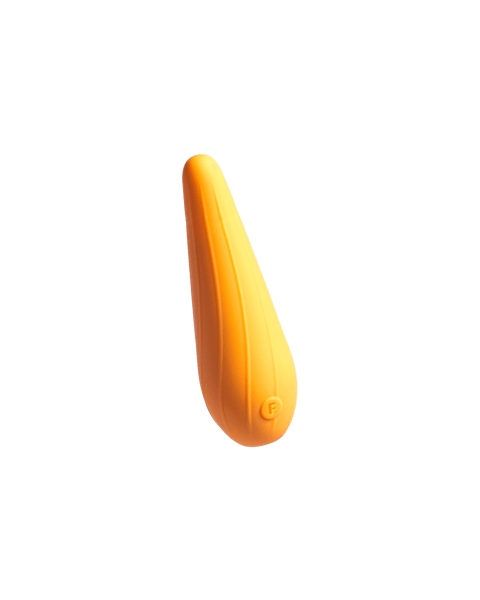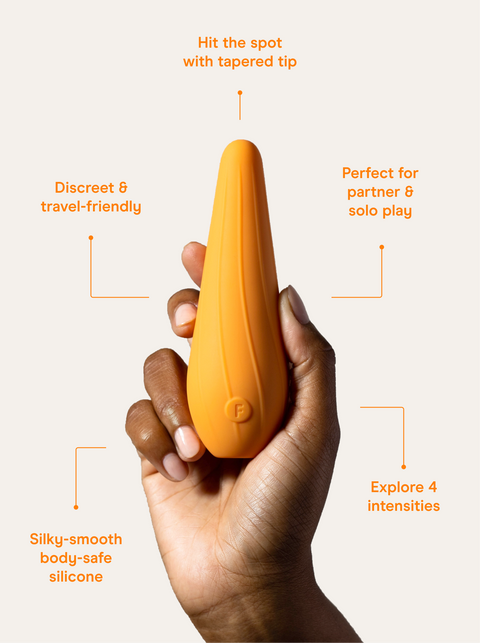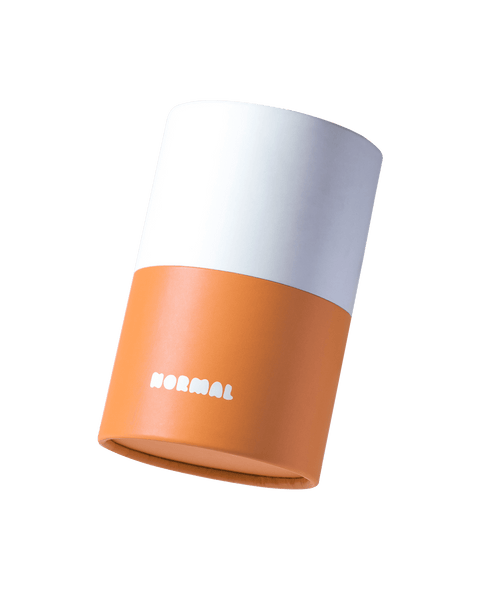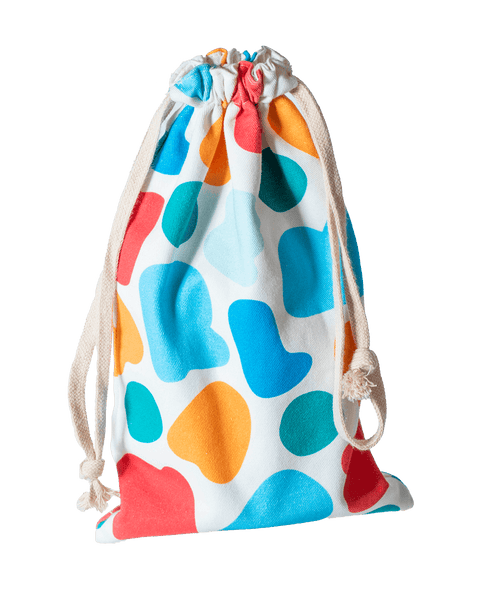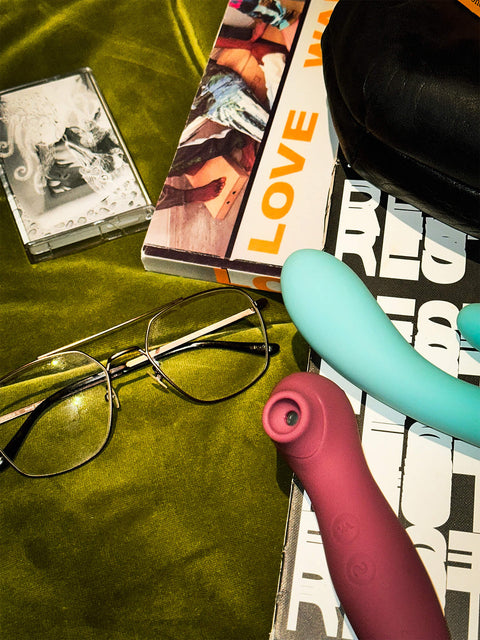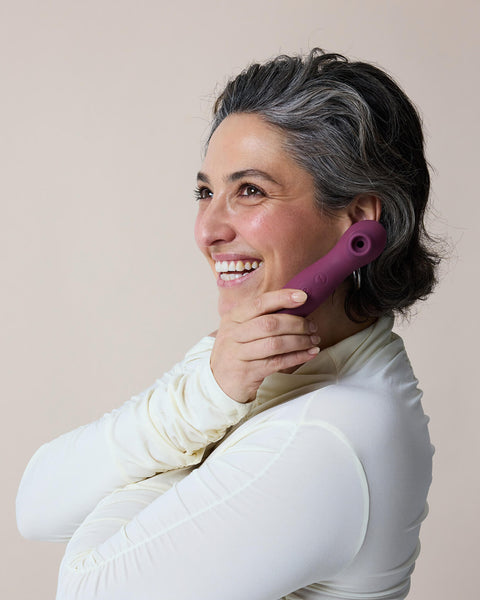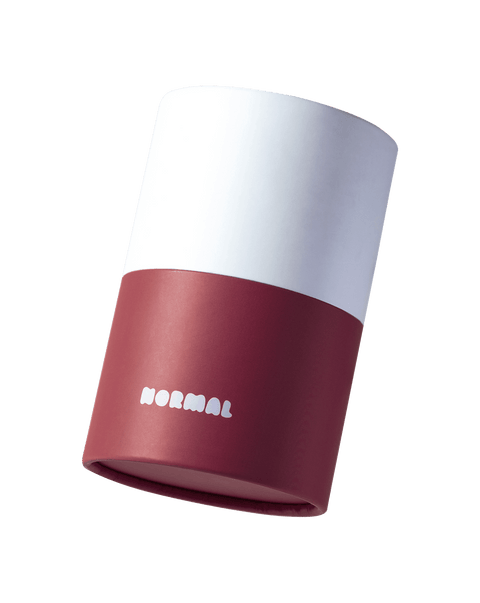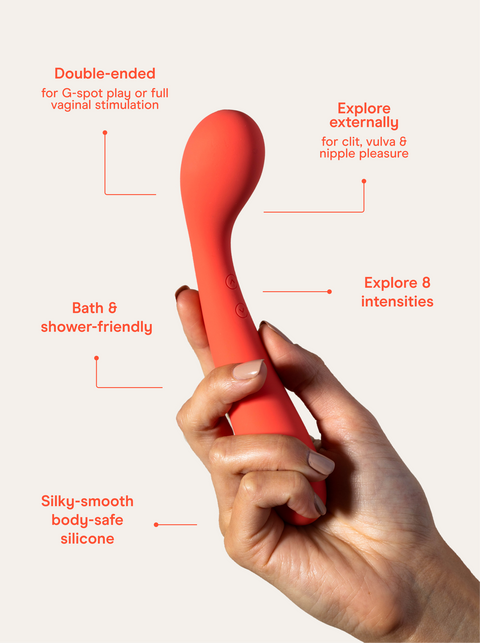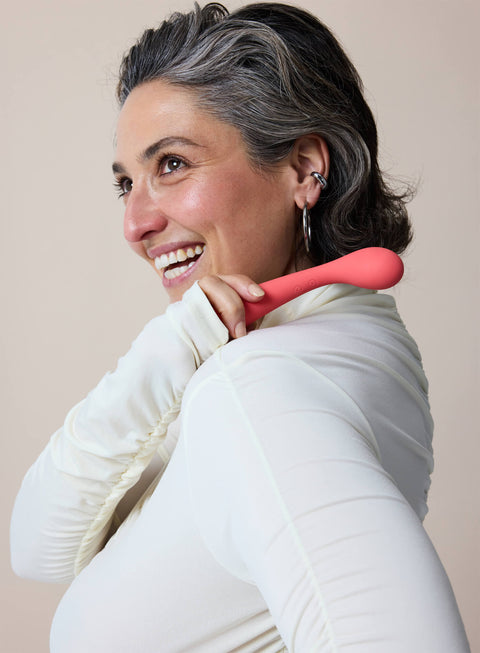When it comes to contraception, there are many more options available than just the condom and the pill.
We’ve spoken a bit about safer sex here before, and discussed why you should have safer sex and what it can prevent (unintended pregnancy, and STIs!).
So today, we’re going to investigate all of the contraception options that are out there: we’ll find out how effective the most popular ones really are, we’ll explore some lesser-known options, and we’ll answer the popular question of, ‘Why is there no male contraceptive pill yet?’.
Different types of contraceptives
There are a few main types of contraceptive that you can use. All of them are effective, but some are more effective than others—and not all of them protect you against STIs.
Barrier methods
‘Barrier methods’ refer to anything that places a barrier between you and your partner. Condoms, diaphragms, and dental dams all fit in this category: they create a barrier between your genitals and your partner’s.
Here are some common (and some not-so-common) barrier methods available:
Condoms.
One of the most popular forms of contraception, condoms are relatively cheap, pretty easy to use, and can be bought at your local supermarket.
They’re usually made of Latex, although they are available in non-Latex materials.
Condoms are a thin sheath of material that fits over the penis: a condom should be put on before you have penetrative sex, and removed after the person wearing it ejaculates.
Condoms can only be used once. When used correctly, they can be up to 98% effective at preventing pregnancy and transmission of STIs.
Condoms can, and should, also be used on any toys used in sexual activity if you’re sharing them with a partner.
Female/vaginal condoms.
Similar to the standard condom, vaginal condoms fit inside the vagina and can usually be bought from pharmacies.
They should be inserted before penetrative sex and removed after your partner ejaculates, and can be up to 95% effective at preventing pregnancy and transmission of STIs. Female condoms can only be used once.
Diaphragm.
A diaphragm is a small, soft cup that is inserted into the vagina and sits against the cervix.
It’s used in conjunction with a spermicidal gel (a special gel that kills sperm) and when used properly, it can be up to 86% effective at preventing pregnancy.
The diaphragm should be left in place for six hours after having penetrative sex, and it can be washed and reused.
Diagrams can be tricky to find sometimes—we recommend speaking to your doctor, visiting a family planning or sexual health clinic, or ordering one online. It’s important to note that diaphragms do not offer any protection against STIs—only pregnancy.
Contraceptive sponge or soft tampon.
The contraceptive sponge, or soft tampon, is a small piece of spongy material that is inserted into the vagina and sits against the cervix.
Not just any sponge should be used for this—it’s important to use a sterile, body-safe sponge, not a make-up sponge or something from around the house.
Sponges are relatively cheap and can be bought at pharmacies, adult stores, and online.
We couldn’t find a lot of information on how effective the sponge is at preventing pregnancy, but we can tell you that it doesn’t prevent transmission of STIs.
Because we don’t know a lot about how well it prevents pregnancy, we recommend using it with another form of contraception, like a condom—don’t use it alone, as it may not be effective.
Some people use the sponge to prevent and reduce bleeding when they’re having sex during their period.
Daily contraceptives
Some contraceptives come in the form of medication that needs to be taken daily. There are only two of them, but they’re some of the more popular forms of contraception out there.
The combined pill.
The combined pill is probably what we all think about when we hear ‘the pill’.
It’s a medication tablet that uses a combination of progestin and estrogen to thin the lining of the uterus (meaning that no egg can grow there), thicken the cervical mucus (so that no sperm get through), and prevent ovulation.
The pill is taken daily and it can be prescribed by a doctor—or online, by our mates at Kin. It’s up to 99.5% effective at preventing pregnancy, but it doesn’t protect against STIs so is often used with a barrier method of protection, like a condom.
The combined pill is designed to be taken daily, and each packet includes about a week’s worth of sugar pills that don’t contain any hormones.
These pills still allow for a normal period, although some people choose to skip the pills and therefore skip their period.
The mini-pill.
The mini-pill is similar to the combined pill, but it contains no estrogen.
Some people can’t, or shouldn’t, have an excess of estrogen—so it’s important to talk to your doctor about which pill is right for you.
If you miss taking a mini-pill, even by a few hours, it can be less effective. You may want to skip having penetrative sex or use another method of contraception if you miss taking your mini-pill.
When used correctly, the mini-pill can be as effective at preventing pregnancy as the combined pill.
Long-acting reversible contraception (LARC)
Set and forget! For someone who doesn’t want to think about contraception every day or every time they have sex, long-acting reversible contraception may be a good option.
These contraception methods can work for up to a few years at a time.
IUD (intrauterine device).
The intrauterine device is commonly known as the IUD, and it’s a small, T-shaped device that is inserted through the cervix and sits up in the uterus.
There are two types of IUD: a copper IUD, which has copper wrapped around its stem; and a hormonal IUD, which contains a slow-release packet of progestogen.
Both of these IUDs prevent sperm from surviving in the womb, and prevent eggs from forming in the uterine lining.
IUDs have to be inserted by a doctor and there may be some cramping feelings during the procedure, but it shouldn’t be overly painful.
If you or your partner reach your fingers into the vagina, you will be able to feel the IUD’s strings hanging down through the cervix—this is totally normal!
IUDs are more than 99% effective at preventing pregnancy, but don’t protect against STIs.
Contraceptive implants.
The contraceptive implant is a small plastic rod that’s inserted into the arm by a doctor or nurse.
It works in a similar way to the IUD: it releases hormones slowly, over the course of many years, that stop your ovaries from making an egg and thicken the uterine lining.
The IUD is more than 99% effective at preventing pregnancy, but doesn’t prevent STIs. You will be able to feel the contraceptive implant in your arm, but you won’t be able to see it and it doesn’t leave a scar when inserted.
A doctor or nurse will need to remove it after a few years, and it may leave a small scar when removed.
Vaginal ring.
The vaginal ring works the same way the implant and the IUD do: it releases hormones that prevent pregnancy by stopping the ovaries from releasing an egg, and thickening the mucus on the uterine wall.
However, the vaginal ring can be inserted at home and should be worn for three weeks at a time, then removed for one week to allow for a period.
The vaginal ring can be prescribed by a doctor, and bought at a pharmacy. It doesn’t protect against STIs, but it can be up to 99% effective at preventing pregnancy.
Contraceptive injection.
The contraceptive injection is given by a doctor once every three months.
It contains a hormone similar to progesterone that prevents the body from releasing an egg and thins the uterine lining.
The contraceptive injection is 99.8% effective at preventing pregnancy, but doesn’t protect against STIs.
Emergency contraception
If you’ve had sex without protection or made a mistake with your regular contraception, like forgetting a pill or having a condom break, you may need to take emergency contraception.
The emergency contraception pill, or ‘plan B’, can be bought from a pharmacy and should be taken within 72 hours of having sex—keeping in mind that the later you take it, the less effective it may be.
The emergency contraception pill can be up to 85% effective at preventing pregnancy, but it doesn’t protect against STIs.
The emergency contraception pill is not an abortion: it simply prevents the ovaries from releasing an egg that can be fertilised.
What about male contraception?
You might be wondering why there are so many contraception methods available for women and people with uteruses, but so few for men and people with penises.
The theory that men wouldn’t take a contraceptive, or that they wouldn’t put up with the side effects, may hold some truth with some men—but we reckon there’d be just as many men who’d be eager to try it.
We’re also aware that in the past, and today, there’s a lot of social pressure on women to take responsibility for sex in a way that men don’t have to.
The way women dress, behave, and speak is often interpreted as courting sexual attention, but men rarely experience this kind of judgement.
So maybe women are expected to be the responsible, aware party when it comes to contraception too, and men are permitted to be a bit more free-wheeling.
All of this may be true to a degree, but there’s also a far simpler, scientific explanation: it’s easier to make contraception for women.
As The Cut puts it, “Women usually release one egg per month, but men can produce 1000 sperm per second. The target is a lot bigger”.
Contraception in women only needs to prevent that one egg from being released, but contraception for men would need to stop all that sperm from being released—or neutralise it when it is.
There are some contraceptive methods for men that are being trialled, but none have been released in Australia just yet.
So in the meantime, if you realise that it’s your partner doing the hard work in obtaining contraception while you relax and enjoy its benefits, we reckon you should thank them for their effort—or at the very least, offer to shout them the next round of their contraceptive of choice.
To learn more about the foundations of great sex with acclaimed sex coach Georgia Grace, check out NORMAL's video masterclass, The Modern Guide To Sex.



